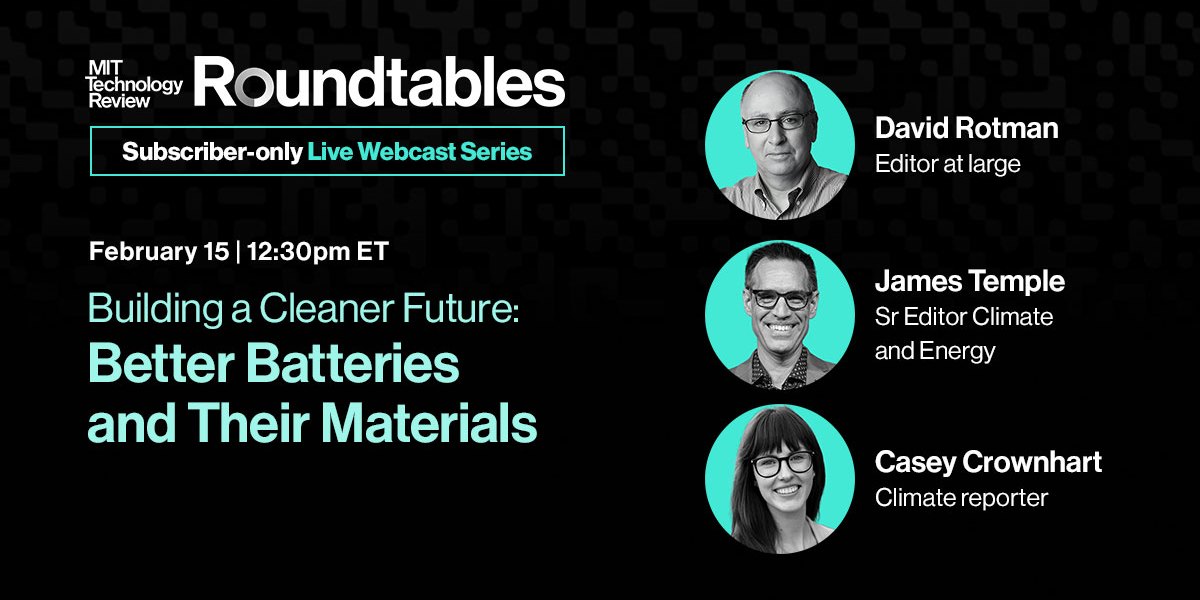The hard lessons of Harvard’s failed geoengineering experiment

The basic concept behind solar geoengineering is that by spraying certain particles high above the planet, humans could reflect some amount of sunlight back into space as a means of counteracting climate change.
The Harvard researchers hoped to launch a high-altitude balloon, tethered to a gondola equipped with propellers and sensors, from a site in Tucson, Arizona, as early as the following year. After initial equipment tests, the plan was to use the aircraft to spray a few kilograms of material about 20 kilometers (12.4 miles) above Earth and then fly back through the plume to measure how reflective the particles were, how readily they dispersed, and other variables.
But the initial launch didn’t happen the following year, nor the next, the next, or the next—not in Tucson, nor at a subsequently announced site in Sweden. Complications with balloon vendors, the onset of the covid pandemic, and challenges in finalizing decisions between the team, its advisory committee, and other parties at Harvard kept delaying the project—and then fervent critiques from environmental groups, a Northern European Indigenous organization, and other opponents finally scuttled the team’s plans.
Critics, including some climate scientists, have argued that an intervention that could tweak the entire planet’s climate system is too dangerous to study in the real world, because it’s too dangerous to ever use. They fear that deploying such a powerful tool would inevitably cause unpredictable and dangerous side effects, and that the world’s countries could never work together to use it in a safe, equitable, and responsible way.
These opponents believe that even discussing and researching the possibility of such climate interventions eases pressures to rapidly cut greenhouse-gas emissions and increases the likelihood that a rogue actor or solitary nation will one day begin spraying materials into the stratosphere without any broader consensus. Unilateral use of the tool, with its potentially calamitous consequences for some regions, could set nations on a collision course toward violent conflicts.
Harvard’s single, small balloon experiment, known as the Stratospheric Controlled Perturbation Experiment, or SCoPEx, came to represent all of these fears—and, in the end, it was more than the researchers were prepared to take on. Last month, a decade after the project was first proposed in a research paper, Harvard officially announced the project’s termination, as first reported by MIT Technology Review.
“The experiment became this proxy for a kind of debate about whether solar geoengineering research should move forward,” Keith says. “And that’s, I think, the ultimate reason why Frank and I decided to pull the plug. There’s no way, given that weight that SCoPEx had come to hold, it made sense to move forward.”
I’ve been writing about solar geoengineering for more than a decade. I reported on the conference in 2017, and I continued to cover the team’s evolving plans over the following years. So the cancellation of the project left me puzzling over why it failed, and what that failure says about the latitude that researchers have to explore such a controversial subject.





